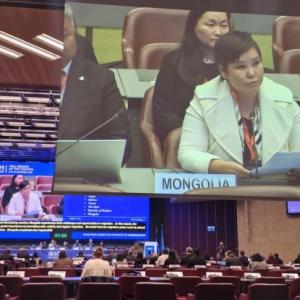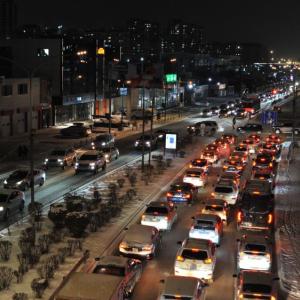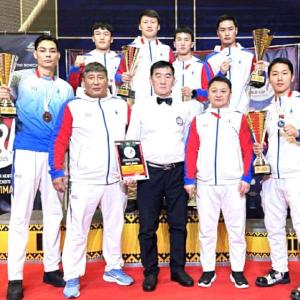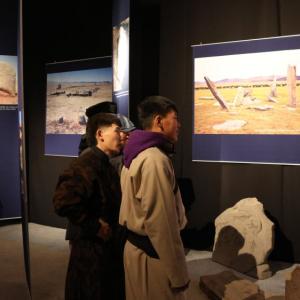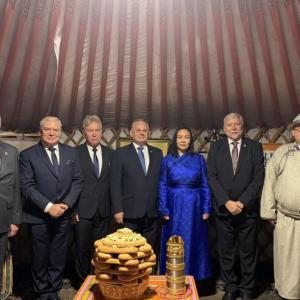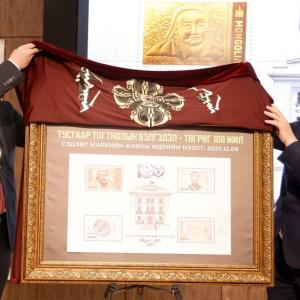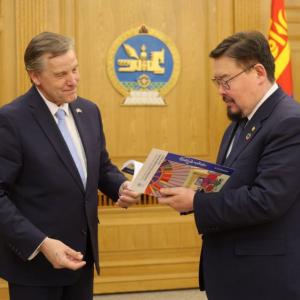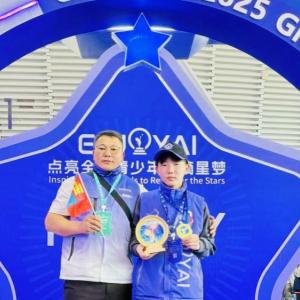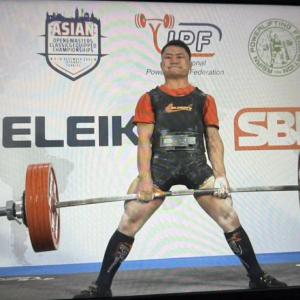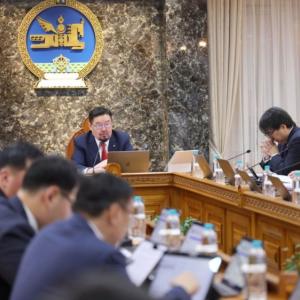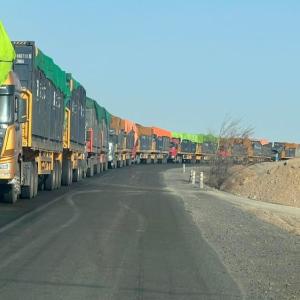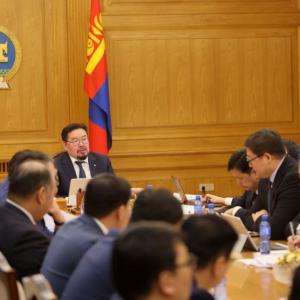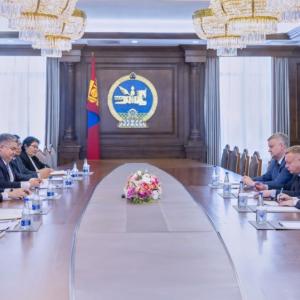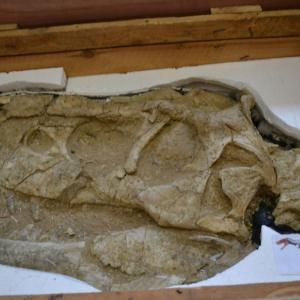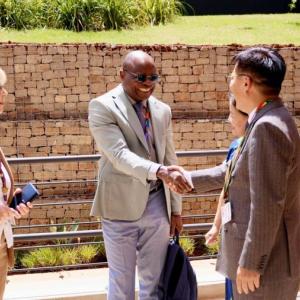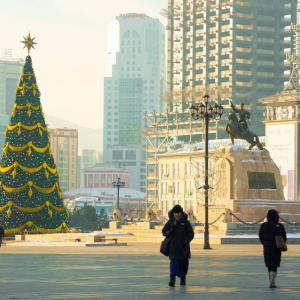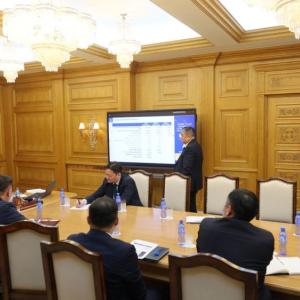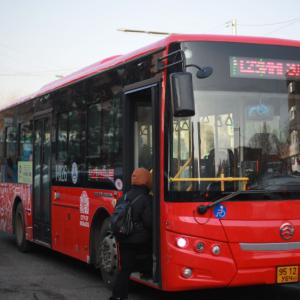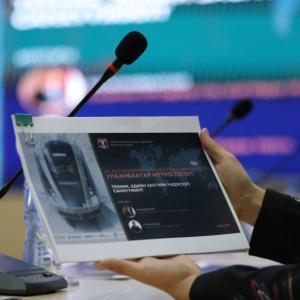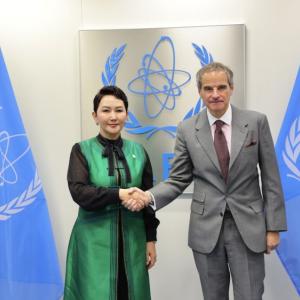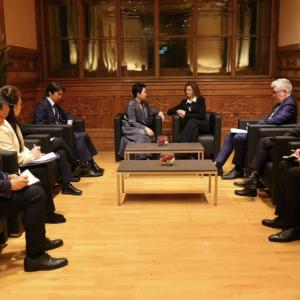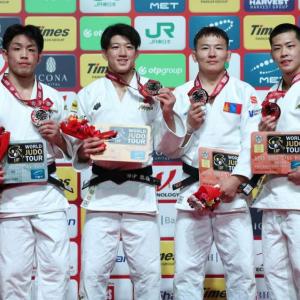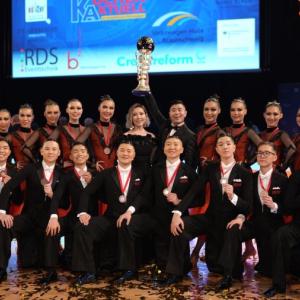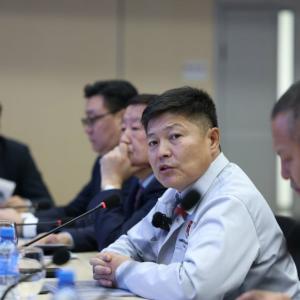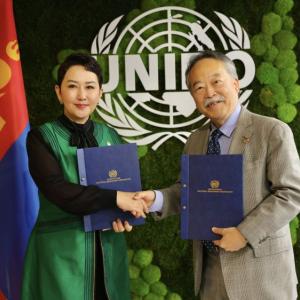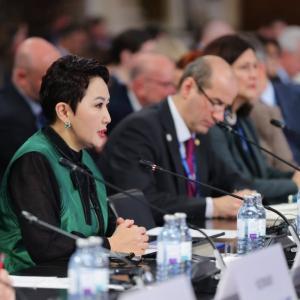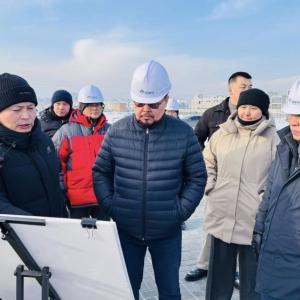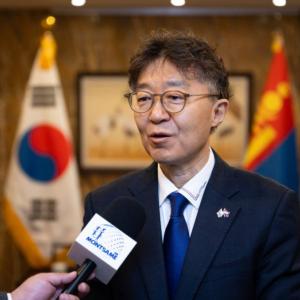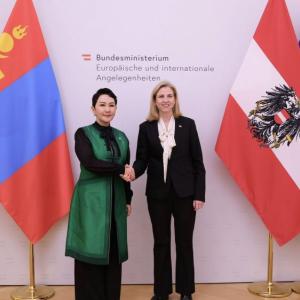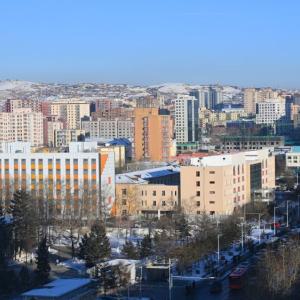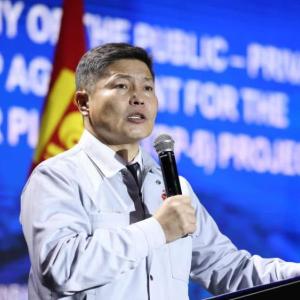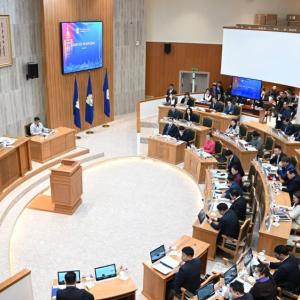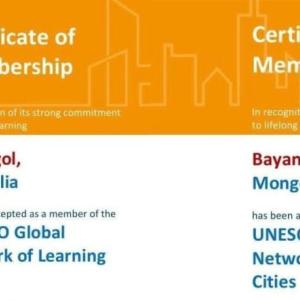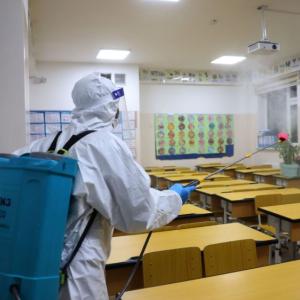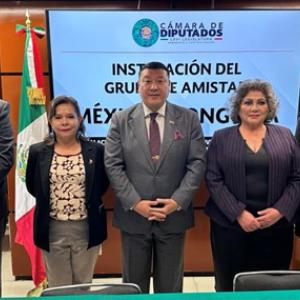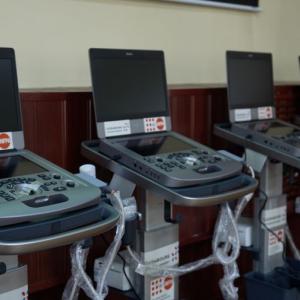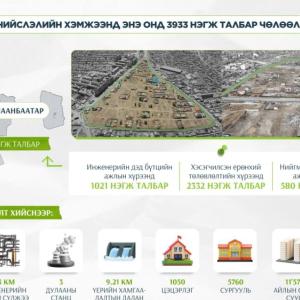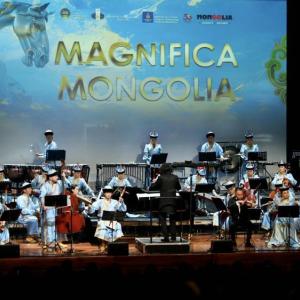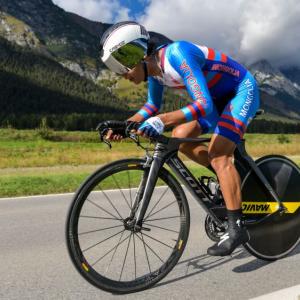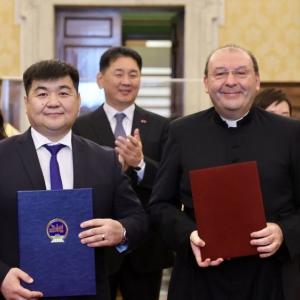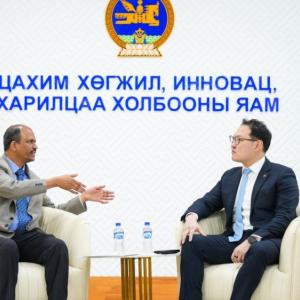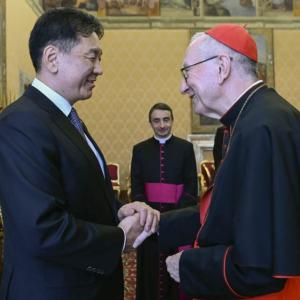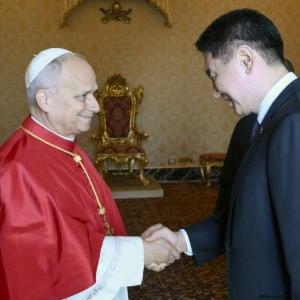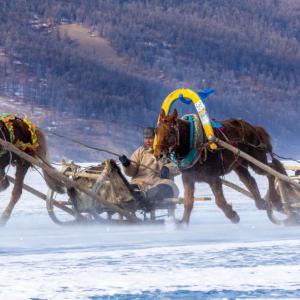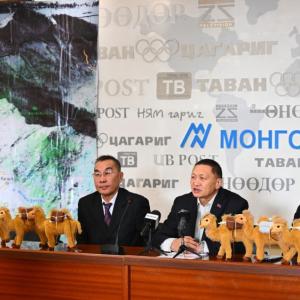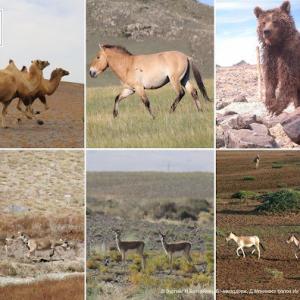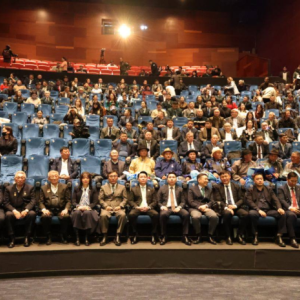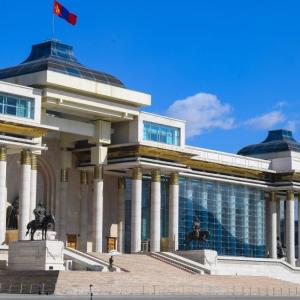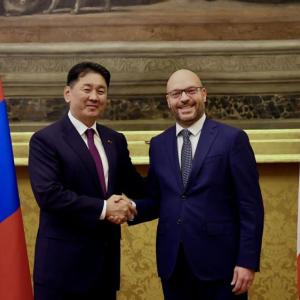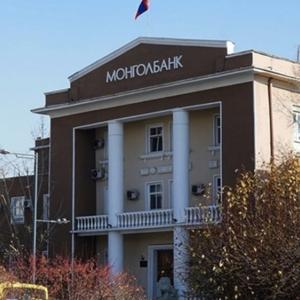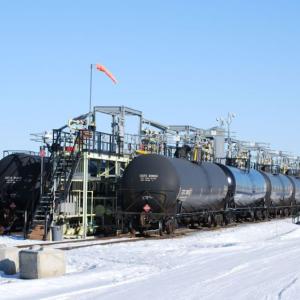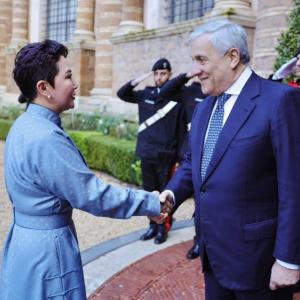Cycling in Mongolia: where there’s a will, there’s a way
SportsUlaanbaatar /MONTSAME/ Secretary-general of Mongolia's Cycling Federation talks in French as he explains the difficulties of developing cycling in his country. Zundui Naran is Mongolian born and bred, but his ease in this romantic European language is the result of two years’ training and racing as a cyclist in France. As a young rider, the Olympian (19th in the 100km team time trial at the Barcelona 1992 Olympic Games) had "no choice but to live abroad if he wanted to develop as an international cyclist".
He wants better for his country’s current generation of riders. He reflects: “Two years living in France completely changed my life, and now I understand how to develop our sport.”
Naran is still grateful to Claude Dominger, the then team manager of his team in France, ASPTT Nancy, who took him and a fellow Mongolian athlete under his wing. Elected General Secretary of the Mongolian Cycling Federation in January 2014, Naran is a key player in the Federation's drive to develop the sport in this sparsely populated country bordered by Russia and China.
The challenges are plentiful, not least the harsh climate and cold winter winds that sweep much of the country for up to five months of the year: the annual average temperature in the capital Ulaanbaatar, is −1.3 °C, making it the world's coldest capital city. Zundui Naran remains positive: “The Mongolian food and the weather make people patient, courageous and physically healthy, which is good for the sport of cycling”.
In 2013, the Mongolian Cycling Federation implemented a series of short-term programmes with the aim of increasing the number of events and riders in the country. The results so far have been significant. In 2016, the Federation will organise 33 events (15 for mountain bike and 18 on the road) compared with 26 events (10 mountain bike and 16 road) in 2014. The number of participants in the national mountain bike championships more than doubled between 2013 and 2015 (from 152 to 329) and also jumped significantly over the same period at the national road championships (from 179 to 349 participants).
The level of riders is also on the increase, as borne by Maral-Erdene Batmunkh’s gold medal last month in the Under-23 individual time trial at the Asian Cycling Championships in Japan.
“Maral-Erdene is the result of our work of the past three years. In our team of juniors we have many athletes like him, but we know that the quality is more important than quantity,” says Naran.
In order to further grow the sport in Mongolia, the National Federation is working on a project to develop track cycling. Not an easy task, when the country does not have a velodrome. For the moment, Mongolia relies on its good relations with nearby Uzbekistan, Kazakhstan and even Thailand to send its athletes on training camps.
“We have a network of help,” says Naran.
In 2014 two junior athletes and one coach spent two months at the UCI World Cycling Centre satellite in South Korea, where former national champion Bold-Erdene Boldbaatar successfully passed the Level 1 Coaching Certificate to become the first certified track cycling coach in the history of Mongolian cycling.
“Our aim is to participate in 5 or 6 international competitions in 2016 then participate in the Asian Track Cycling Championships for the first time in 2017,” confirms Naran. “We are putting our accent on junior riders, finding up and coming talents, and for this we are collaborating with some schools in Mongolia.”
The Mongolian track team already has the support of Cannondale Mongolia and a bike shop “Attila Bike”, both of which have signed a contract for cooperation.
The ultimate aim is to build a velodrome for the country’s cyclists, a project that he hopes will begin in 2018 with the support of the Government, Ministry of Sport and the National Olympic Committee.
The Mongolian Cycling Federation has also undertaken a project to build a BMX facility. Ulaanbaatar already has two BMX clubs with around 50 members each, but the potential for development is far greater.
His vision for the new facility extends beyond the BMX discipline itself: “By cultivating BMX, we can train children from an early age and choose future mountain bikers and road cyclists. It will be the foundations to preparing the new generation of Mongolian cyclists."
“In total there are about 400 riders who organise their own competitions and regularly participate in public sports events,” says Naran. “Most kids have BMX bikes but we don’t have a track. If we start to designate zones dedicated to BMX and develop the discipline with a good organisation and professional coaches, the number of riders could grow to 2000 or 4000.”
The proposed BMX track would be built in the National Park, 2.6km from the centre of the capital and be staffed by a Manager and two employees. The project has the support of the Ministry of Health, Sport and Tourism as well as the National Olympic Committee of Mongolia. Construction, on the condition of sufficient financing, is planned for July this year.
“If this project is successful, it will become key to the development of BMX in Mongolia,” predicts Naran. “It is an important project that will have a significant impact on young BMX riders, and their physical and mental development. It will give professional athletes the opportunity to conquer the international scene and make a name for the country with Olympic and World Championship medals.”, reported the International Cycling Union (UCI) on February 22.
 Ulaanbaatar
Ulaanbaatar





